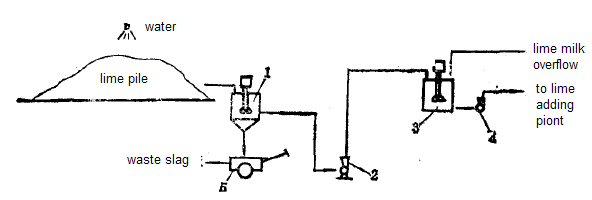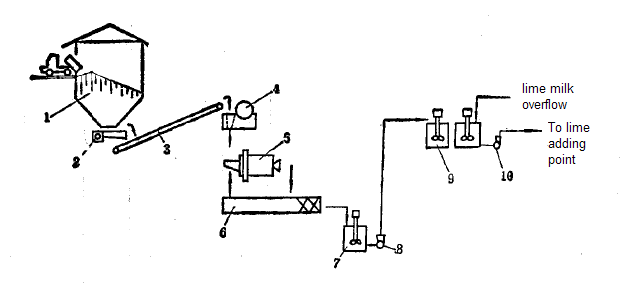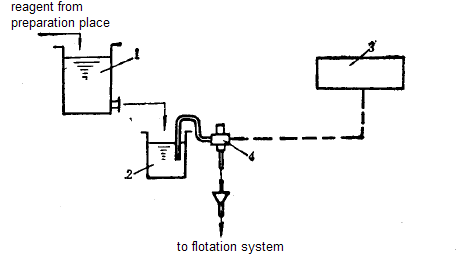In a flotation mineral processing plant, flotation reagents are essential consumables in the flotation process, and the rational use of various chemicals is the key to the flotation effect. The effects of various agents are different, and the preparation methods and storage methods are different. Correctly preparing, storing and dosing flotation agents is the key step for the success of the flotation line.
Preparation methods of commonly used flotation reagents
1. Sodium silica: When the material is lump, it needs to be artificially crushed, then placed in the stirred tank, heated and dissolved. If the dosage is large, a high-pressure autoclave can be dissolved by steam. When it is liquid, it is added to the stirred tank to add water to dilute it.
2. Sodium sulfide: When the amount is small, it can be crushed artificially. When the amount is large, it can be crushed by machine and then put into the mixing tank and add water to dissolve. The whole barrel of sodium sulfide can also be removed to the bucket and put into a mixing tank to form a closed circuit to dissolve. In winter, it is necessary to use warm water or steam to dissolve it until it is completely dissolved in the storage tank.
3. Oxidized para soaps: The raw materials and the packaging barrel with upside down on the dissolving tank, steam, pharmacy to be dissolved after the barrel removed, then the solution to the desired concentration of water mixing tank to dilution, sent to the chamber.
4. Medicament xanthate, sodium carbonate, zinc sulfate, copper sulfate and cyanide soluble in water directly into by adding an appropriate amount of water needed to match the concentration is in a stirred tank.
5. The reagents with high solidification point, such as oleic acid and fatty acid, must be dissolved in high temperature. At the same time, the heating and heat preservation measures are set up in the drug delivery machine, the pipeline and the grooves.
6. Lime: If the raw material is powdery, it can be added into the system with a small belt conveyor or disc feeder. If the raw material is lump, when the dosage is not large, it can be pre digested with less water on the pile heap, and then added into the stirred tank for digestion. When the dosage is large, the lime milk can be added to the system by grinding and grading process. As shown in Figure 1, as shown in Figure 2.

Fig1. sketch for simple preparation of lime milk
1. digestible tank; 2. pump; 3. storage tank; 4. pump; 5. cart

Fig2.lime preparation flowsheet
1.hopper; 2.feeder; 3.belt conveyor; 4.jaw crusher; 5.grid ball mill; 6.spiral classifier; 7.conditioning tank ; 8.pump; 9. storage tank; 10.pump
Reagent addition method
According to the size of the beneficiation plant, the number of reagent varieties and the characteristics of the reagents, it can be divided into the concentration of reagents or the dispersing reagents. When the flotation system is not much in a small beneficiation plant, the centralized administration method can be adopted. Centralized administration is convenient for operation and management. For large multi - system beneficiation plant, many ways of dispersing reagents are used. The use of highly toxic chemicals, should be set up separately to the chamber to ensure safety.
Reagent dosing device
The commonly used reagent addition device is an automatic dosing system. The system is controlled by PLC, and the dosing is accurate and easy to operate. Figure 3 is a schematic diagram of the system.

Fig3. sketch for reagent dosing system
1.reagents storage tank; 2. Siphon addition machine ; 3.PLC control system; 4. Solenoid valve